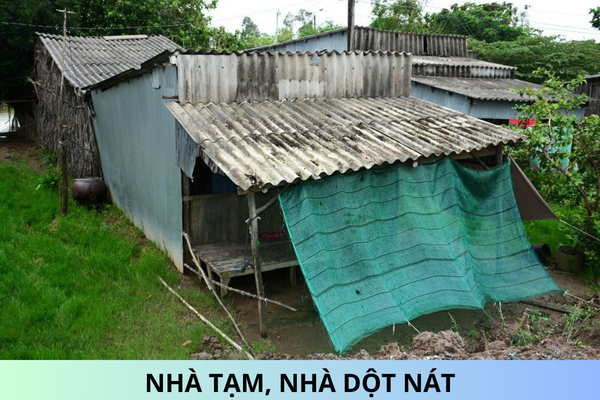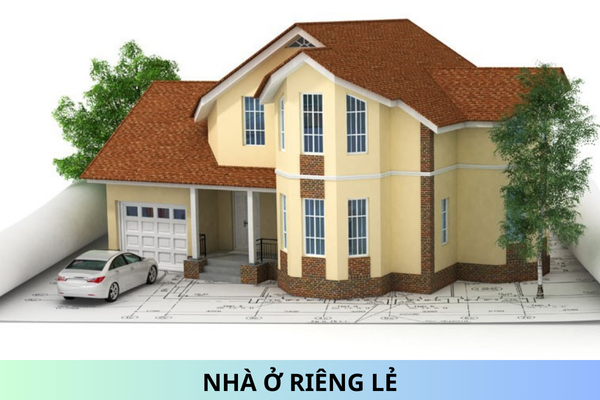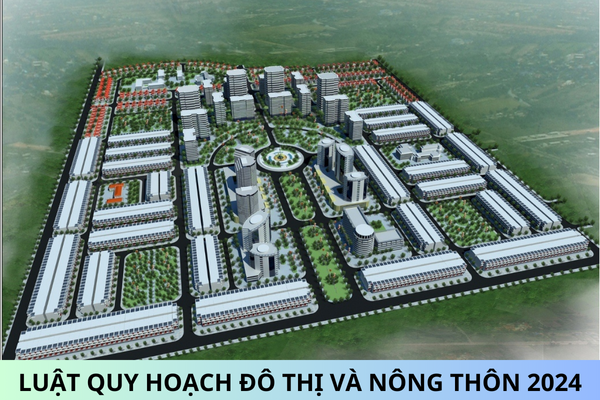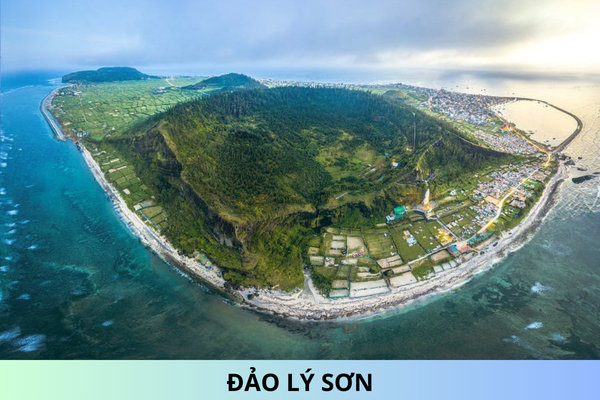Requirements for Green Space Planning and Urban Green Land Regulations
According to the National Technical Regulation on Construction Planning issued with Circular 22/2019/TT-BXD, effective from July 01, 2020, the requirements for green space planning and urban greenery land are specified as follows:
- Green spaces in urban areas, including natural green spaces (forests, hills, mountains, vegetation along rivers, lakes, and coastal areas) and artificial green spaces (parks, gardens, water surfaces...) must be planned in an interconnected system;
- Natural green spaces need to be maximally protected; artificial green spaces must be reasonably distributed across the urban construction land to ensure ease of use;
- Public green space land targets for the entire urban area and each specific region determined in general planning and subdivision planning must meet the goals of the planning and be suitable for the characteristics of each urban area; Publicly used green spaces must be planned to ensure convenient access for everyone;
- Priority must be given to using native plants, region-specific and suitable for urban areas, protecting valuable and ancient trees. The types of greenery in urban areas should not affect traffic safety, and should meet disaster prevention requirements; should not harm infrastructure both underground and above ground; and should not emit harmful substances or attract insects that could affect residents.
The above is the content regarding the requirements for green space planning and urban greenery land according to the National Technical Regulation on Construction Planning. For more information on the matter, you can refer to Circular 22/2019/TT-BXD.
Sincerely!










